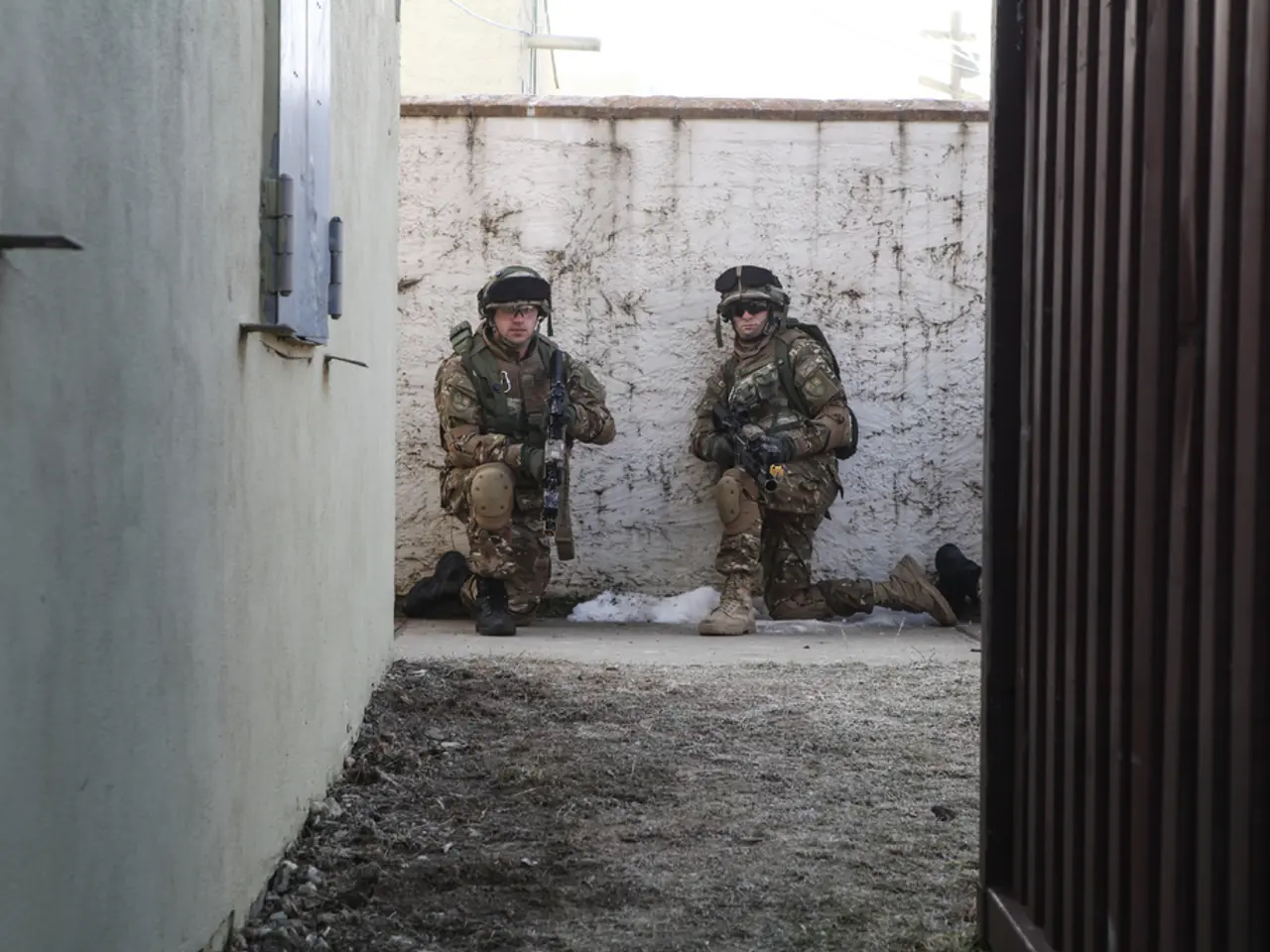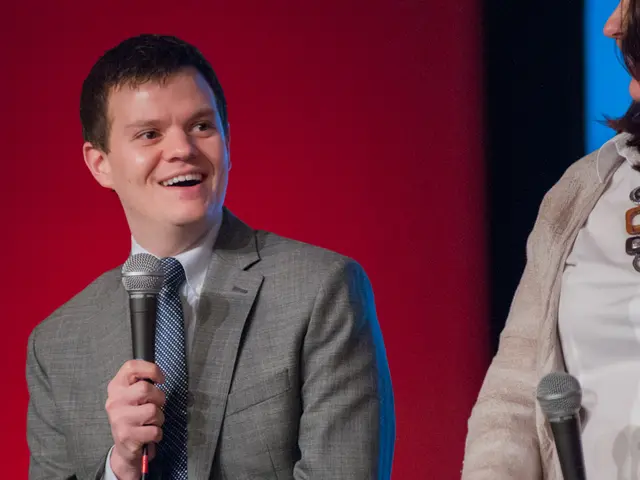European Union and its Constituent Nations Collaborate Together
In the heart of Dallgow-Doberitz, a community located near the former inner-German border, a poignant memorial was unveiled for Vladimir Odinzow, a man who lost his life at the Berlin Wall in 1974 while attempting to flee. This commemoration marked the 64th anniversary of the Berlin Wall's construction, an event that physically and ideologically separated East and West Berlin until its fall in 1989.
The Brandenburg state parliament and government commemorated the victims of Germany's division on this significant day. Deputy Minister-President and Finance Minister Robert Crumbach (BSW) delivered a powerful speech at the event, emphasizing the importance of building bridges between people instead of fences and walls. He strongly condemned the idea of separating people with walls, stating that it is inhuman.
Ulrike Liedtke, the President of Brandenburg State Parliament, also spoke at the central memorial event in Seeburg, a community in Dallgow-Doberitz. She called for unity in Germany, stating that the fall of the Wall brought endless opportunities for East and West. She emphasized the importance of unity instead of division in preventing future divisions in the country.
Politicians laid wreaths in remembrance of the victims during the commemoration, including Vladimir Odinzow, one of the victims remembered during the event. The Berlin Wall, which is 155 kilometers long, began construction on August 13, 1961.
The Brandenburg state parliament’s commemoration of the Berlin Wall’s 64th anniversary and the Seeburg memorial event serve as a reminder of the historical significance of the Wall as a barrier and symbol of division. They also highlight the ongoing efforts to remember its victims and educate the public about Germany’s divided past and peaceful reunification.
The Berlin Wall Memorial on Bernauer Strasse serves as a central historical site presenting this history, while the East Side Gallery, a preserved section of the Wall painted by artists promoting freedom and peace, also plays a crucial role in commemorating the Wall's impact.
Robert Crumbach emphasized the importance of familiarizing future generations with history, stating that it is essential to learn from the past to build a better future. His sentiments were echoed by all in attendance, as they paid tribute to the victims of the Berlin Wall and worked to ensure that its lessons are never forgotten.
General news reports on the 64th anniversary of the Berlin Wall's construction highlighted the Brandenburg state parliament's commemoration and the Seeburg memorial event, which focused on the victims of Germany's division. The Politics surrounding these events underscored the importance of unity and the dangers of division, while emphasizing the need to remember the past to build a better future. These events serve as part of the ongoing effort to educate the public about war-and-conflicts such as the Berlin Wall's creation and impact.







